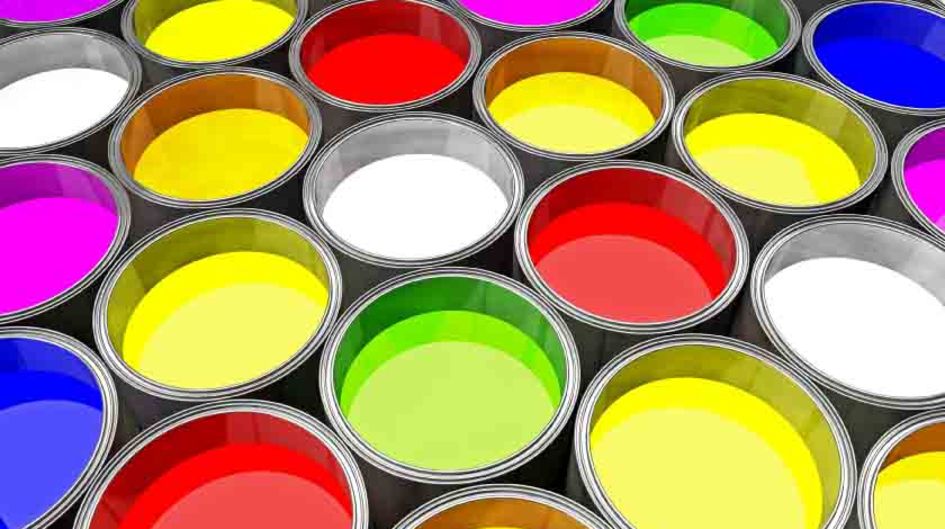Selecting the Right Defoamer for Your Certain Application Demands
Selecting the proper defoamer for particular application demands is a nuanced procedure that requires mindful factor to consider of several factors, such as the foam kind, tool, and operating conditions. Recognizing the nuances of defoamer efficiency-- including rate and perseverance-- while likewise accounting for regulatory and environmental elements is important. Furthermore, participating in trials and seeking advice from with producers can give useful insights. Browsing these complexities can be difficult, and the effects of a bad selection might be considerable. What methods can be utilized to guarantee an ideal selection?
Comprehending Foam Development
Foam formation takes place when gas is caught within a liquid, developing a steady framework of bubbles. This phenomenon can substantially impact various industrial processes, specifically in industries such as food manufacturing, pharmaceuticals, and wastewater treatment. The presence of foam can prevent blending, minimize item top quality, and even cause operational inefficiencies.
Foam usually forms because of a combination of aspects, consisting of surface-active agents, anxiety, and the attributes of the liquid stage. Surfactants reduced the surface area stress of the fluid, helping with the development of bubbles that can integrate and maintain. Frustration, whether from mechanical mixing or gas introduction, enhances bubble formation, leading to increased foam quantity.
Recognizing the auto mechanics of foam development is critical for industries aiming to enhance their processes. By recognizing the details conditions that promote foam generation, companies can execute techniques to reduce its impacts. This expertise prepares for selecting ideal defoaming representatives that effectively target the unique challenges positioned by foam in different applications. Consequently, a thorough understanding of foam formation is vital for improving performance and maintaining product integrity across various markets.
Sorts Of Defoamers Available
Different kinds of defoamers are readily available to deal with the challenges positioned by foam in industrial applications. defoamers. Broadly classified, defoamers fall under three groups: silicone-based, non-silicone-based, and all-natural defoamers
Silicone-based defoamers are renowned for their efficiency and security throughout a variety of temperatures and pH degrees. They are generally made use of in applications where strong foam suppression is needed, such as in adhesives, paints, and coverings. Their low surface area stress allows for rapid foam collapse.
Non-silicone-based defoamers, typically made from natural substances, provide a choice for applications sensitive to silicone residues. These defoamers can be further split right into polyether and ester kinds, each customized to fulfill specific formulation demands. Non-silicone defoamers are regularly used in food processing and personal care products because of their compatibility with numerous solutions.
Natural defoamers, originated from plant or animal resources, are obtaining traction because of their environment-friendly account. These items are especially appealing in applications where governing conformity and sustainability are vital, such as in agrochemicals and biotechnology.
Choosing the appropriate sort of defoamer is essential for enhancing performance and making sure compatibility with particular applications.
Secret Application Factors To Consider
When selecting a defoamer, it is essential to consider the certain application requirements to make certain optimal efficiency. defoamers. Different industries have distinct requirements, such as food handling, pharmaceuticals, or wastewater treatment, and each application might need special defoaming properties
Trick aspects to assess consist of the tool in which the defoamer will be made use of, whether it is water-based, oil-based, or a combination thereof. The temperature and pH degrees of the application can also greatly affect the efficiency of a defoamer. Furthermore, compatibility with other chemicals existing in the system is vital to avoid adverse reactions that can jeopardize efficiency.
One more vital consideration is the frothing habits of the specific system. Recognizing whether the foam develops rapidly or gradually can assist the choice of a defoamer that targets the source successfully. The preferred rate of defoaming can influence the choice, as some applications call for rapid activity while others may endure slower defoaming processes.
Finally, regulatory and environmental factors to consider should not be forgotten, particularly in sectors with websites stringent compliance requirements. Selecting a defoamer that aligns with these variables makes sure both efficiency and safety in the application.

Performance Screening Approaches
Reviewing the efficiency of a defoamer needs a methodical method to screening that precisely gauges its efficiency in particular applications. Different performance screening approaches can be utilized to ascertain the optimum defoamer for an offered formula.
One typical method is the bubble test, which examines browse around this web-site the defoamer's capability to minimize foam quantity gradually. This examination involves producing a steady foam and afterwards including the defoamer to observe the price of foam collapse. Another approach is the vibrant foam test, where foam is generated under controlled problems to mimic real-world application situations. This technique provides insights into exactly how the defoamer does under differing shear conditions.

Inevitably, selecting the suitable efficiency screening approach depends on the specific application and the sort of foam being dealt with. Each technique uses useful information that can assist solution changes and improve the efficiency of the defoamer in functional applications.
Best Practices for Selection


Following, consider the defoamer's performance in terms of rate of activity and persistence. A quick-acting defoamer might be required for processes where fast foam suppression is essential, while an extra persistent formulation could be needed for extended foam control. In addition, evaluate the environmental effect of the defoamer, including its biodegradability and any type of governing conformity requirements.
Conduct tests with chosen defoamers to identify their effectiveness in real-world problems. By adhering to these finest practices, you can improve foam control efficiency and make certain the durability of your procedures.
Final Thought
In recap, choosing the appropriate defoamer demands a detailed examination of different factors, consisting of foam kind, tool, operating problems, and ecological considerations. Comprehending the unique characteristics of foam formation and the readily available defoamer options is vital. Furthermore, utilizing reliable performance screening methods and sticking to best methods throughout the selection procedure will improve the likelihood of attaining ideal defoaming results. Inevitably, a knowledgeable selection method will attend to specific application requirements and reduce lathering challenges successfully.
Picking the ideal defoamer for details application needs is a nuanced process that requires careful factor to consider of numerous factors, such as the foam medium, operating, and kind conditions.Selecting the appropriate defoamer is essential for achieving optimal efficiency in foam control applications. A quick-acting defoamer might be needed for processes where fast foam suppression is critical, while an extra relentless formula may be needed for long term foam control.In recap, picking the proper defoamer requires an extensive assessment of various variables, consisting of foam type, tool, operating problems, and environmental considerations. Understanding the distinct qualities of foam formation and the readily available defoamer alternatives is critical.